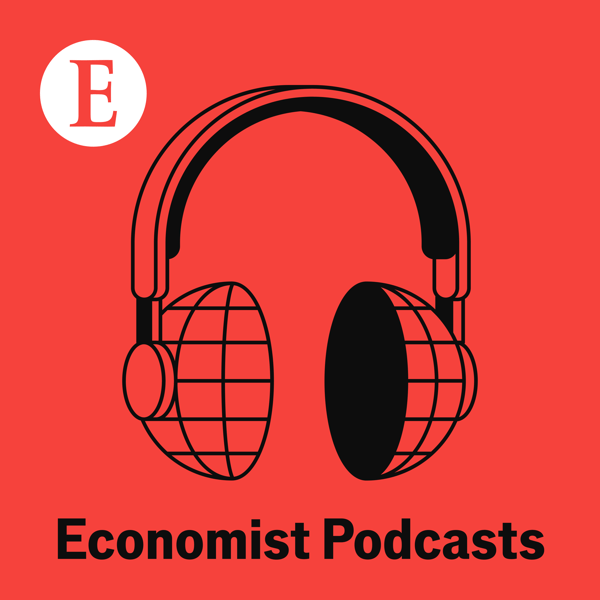Checks and Balance: How long?
Economist Podcasts
The Economist
4.4 • 4.9K Ratings
🗓️ 3 April 2020
⏱️ 33 minutes
🧾️ Download transcript
Summary
President Trump changed tone and course this week, extending federal guidelines on social distancing to the end of April. New York is now the epicentre of the global pandemic. Yet large parts of the US remain relatively unaffected by covid-19. Public opinion supports tough measures to contain the virus for now. But how sustainable are strict curbs on personal freedom in a country founded on individual liberty?
The Economist’s healthcare correspondent Slavea Chankova explains the epidemiological models behind the lockdown, we tell the story of history’s most notorious asymptomatic carrier, and Senator Cory Booker reflects on political division in national crises.
John Prideaux, The Economist’s US editor, hosts with Charlotte Howard, New York bureau chief, and Washington correspondent Jon Fasman.
Read The Economist’s full coverage of the coronavirus.
For access to The Economist’s print, digital and audio editions subscribe: www.economist.com/pod2020.
Hosted on Acast. See acast.com/privacy for more information.
Transcript
Click on a timestamp to play from that location
| 0:00.0 | The arithmetic is grim. Even the most optimistic modelling now expects the Covid-19 pandemic to |
| 0:07.2 | kill twice as many Americans as the Vietnam War. But that estimate of 100 to 250,000 deaths |
| 0:14.7 | is the same as the number of Americans thought to die each year from what are called deaths of despair, |
| 0:20.3 | suicide, drugs and alcohol. And these are tolerated without massive government intervention. |
| 0:26.7 | It may seem inconceivable now, but at least while we wait for a vaccine, |
| 0:30.9 | ending the lockdown will require Americans to reach an accommodation with a grim statistic like this. |
| 0:37.5 | Could that happen? With 213 days to go, this is checks and balance. |
| 0:45.3 | I'm John Prado, the economist's US editor, and this is a podcast about the 2020 elections. |
| 0:51.3 | Each week we take one big theme shaping American politics and explore it in depth. |
| 1:01.4 | Today, how long could the lockdown last? |
| 1:09.0 | President Trump changed tone and changed course this week, as American death and infection |
| 1:14.0 | numbers passed China's official totals. He extended federal guidelines on social distancing |
| 1:19.8 | until the end of the month. New York is the centre of the pandemic, but large parts of the US |
| 1:25.4 | remain unaffected for now. Public opinion supports strict measures to contain the virus, but for how long? |
| 1:32.4 | In this episode, we'll ask how political the lockdown might get. We'll hear from New Jersey |
| 1:37.5 | Senator Corey Booker, look into the models behind the lockdown and trace history's most notorious |
| 1:42.9 | asymptomatic carrier. |
| 1:49.9 | As ever, I'm joined by Charlotte Howard, the economist's New York bureau chief, and by John Fasman, |
| 2:00.2 | the Washington correspondent, John, how are you doing? I mean, you are America's most |
| 2:05.0 | parapetetic reporter. You're on a plane most weeks, and you're hardly ever at home. How are you |
| 2:10.9 | finding being in one place for such a long time? And how are you staying abreast of what's going on |
| 2:17.3 | in America whilst being stuck on your couch? Well, generally what I do is I get up at around five |
... |
Please login to see the full transcript.
Disclaimer: The podcast and artwork embedded on this page are from The Economist, and are the property of its owner and not affiliated with or endorsed by Tapesearch.
Generated transcripts are the property of The Economist and are distributed freely under the Fair Use doctrine. Transcripts generated by Tapesearch are not guaranteed to be accurate.
Copyright © Tapesearch 2025.

